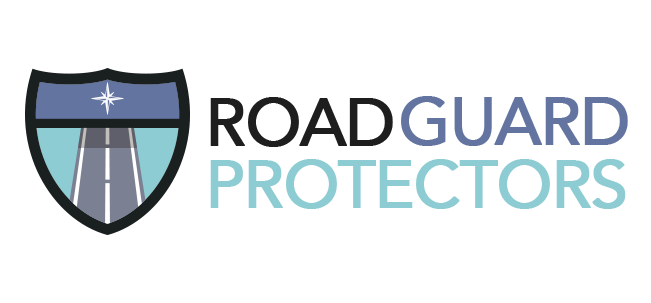Filing an insurance claim marks the first step toward seeking compensation for losses or damages covered by your insurance policy. However, the process doesn’t end with submitting a claim form. Navigating the next steps is crucial to ensuring a smooth and successful resolution. In this article, we’ll explore what happens after you file a claim and provide guidance on navigating the subsequent stages effectively.
1. Claim Acknowledgment: After submitting your claim, the insurance company will acknowledge receipt and begin the review process. You should receive confirmation of your claim submission along with details on what to expect next. This acknowledgment typically includes information on claim processing timelines and any additional documentation required.
2. Claims Investigation: Once your claim is acknowledged, the insurance company will initiate an investigation to assess the validity and merits of the claim. This investigation may involve:
- Reviewing documentation: The insurer will evaluate the information provided in your claim form, along with any supporting documentation, such as police reports, medical records, or repair estimates.
- Conducting interviews: The insurer may contact you, witnesses, or other relevant parties to gather additional information or clarify details related to the claim.
- Assessing damages: For property damage or bodily injury claims, the insurer may conduct on-site inspections, damage assessments, or medical evaluations to determine the extent of the losses.
3. Claim Evaluation: Based on the findings of the investigation, the insurance company will evaluate the claim to determine coverage eligibility and the appropriate settlement amount. Factors considered during the evaluation may include:
- Policy coverage: The insurer will review your insurance policy to confirm coverage for the claimed losses or damages.
- Liability assessment: For liability claims, the insurer will determine fault or responsibility for the incident and assess liability accordingly.
- Damages calculation: The insurer will calculate the value of the losses or damages covered by the policy, taking into account factors such as repair costs, medical expenses, and lost income.
4. Claim Resolution: Once the claim evaluation is complete, the insurance company will communicate its decision and proposed settlement to you. Depending on the outcome:
- Approved claims: If your claim is approved, the insurer will offer a settlement amount or initiate payment according to the terms of your policy.
- Denied claims: If your claim is denied, the insurer will provide reasons for the denial and explain your options for appeal or further recourse.
5. Appeal Process (if applicable): If your claim is denied or if you’re dissatisfied with the settlement offer, you have the right to appeal the decision. The appeal process typically involves:
- Submitting additional information or documentation to support your case.
- Requesting a review by a higher authority within the insurance company or seeking external review through regulatory agencies or legal channels.
- Cooperating with any investigations or proceedings related to the appeal.

